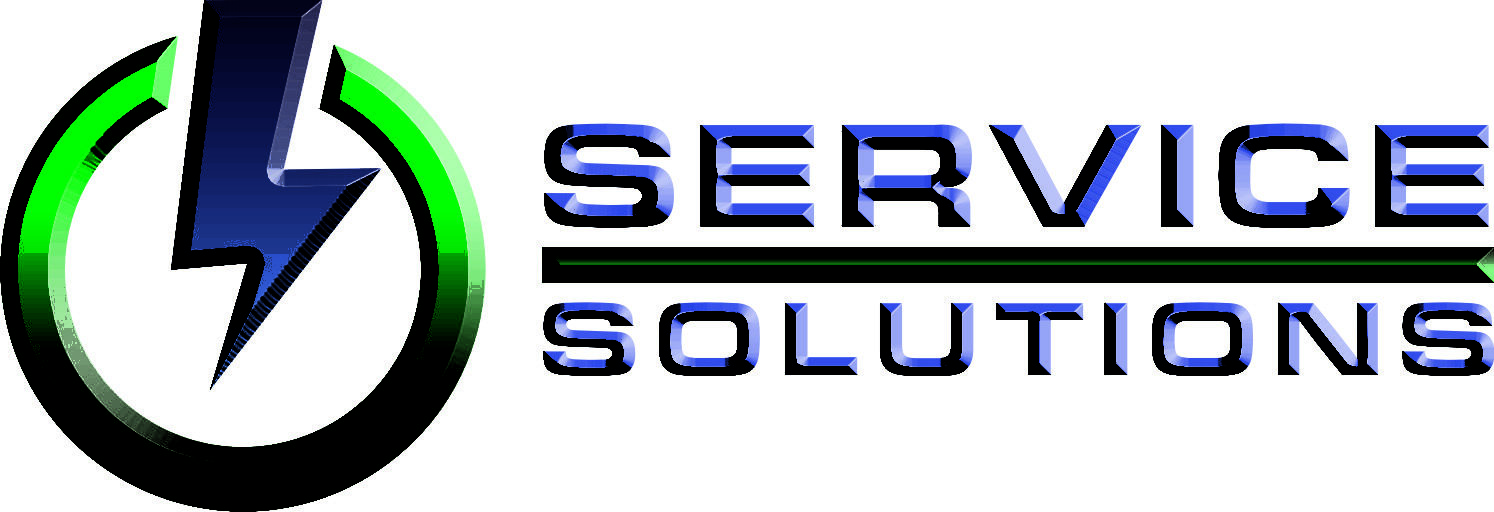
Near drug detox near Los Angeles, we strongly encourage participation in support group meetings like Alcoholics Anonymous or Narcotics Anonymous as a key component of rehabilitation and sober living. These meetings, mirroring the format of group therapy sessions, provide a vital platform for mutual support and shared experiences. Regular attendance at such meetings, both during and after your time in rehab, can significantly bolster your recovery journey.

Treatment

They also provide structure and accountability that can help prevent relapse. Additionally, attending 12-step meetings is often encouraged and provided within the sober living home. Individuals battling substance abuse need an opportunity to detox as well as intense residential care in many situations. Our team at FHE Health can help you or your loved one to obtain that care. From here, we can help you move into transitional living or a sober house right for your best steps forward.
Muse Treatment Center’s Rehab and Sober Living Communities

They are designed to help you develop the life skills you need to maintain your sobriety. Sober living housing programs are different from rehab as they are meant as a form of supplemental support rather than a medical and behavioral treatment facility. While rehab centers like residential treatment programs provide you with the tools and support you need to achieve sobriety, they do not cure addiction.
Sober Living vs. Inpatient Rehab: Key Differences
In rehab, you typically live at a treatment facility & follow a structured schedule explicitly designed for you to help you get through your addiction. Sober living and rehab are vital components of ending addiction and initiating recovery. Detox and rehab begin the recovery process and extend over periods lasting up to marijuana addiction 90 days. Detox rids the body of the toxic substance(s) while addressing withdrawal symptoms through a medically monitored process. Rehab introduces evidence-driven therapies to provide new positive and healthy coping mechanisms while delving into the personal components of the addiction. However, it can be offered in full day, as with a partial hospitalization program (PHP), or partial day with an intensive outpatient treatment program (IOP).

Check out our FAQ page to learn more details about Turning Point Recovery Network. While different from rehab, sober living homes can have an integral part in the recovery process and have been shown to support the recovery process according to researchers. They provide a safe and structured environment for people in early recovery as they are getting used to living a life of sobriety. This blog provides an overview of what to expect in sober living, who it is suited to, and how it can support people in recovery from substance use disorder.
When you join a sober living program, they might require you to detox under the guidance of treatment professionals. BetterHelp offers affordable mental health care via phone, video, or live-chat. Sober living homes also provide the necessary skills and resources to prepare you for life after treatment.
- Recovery residence is a broad term that encompasses the full range of recovery housing and services and programs offered in the homes, from the democratically operated to clinically oriented extended care.
- Inpatient rehab, also known as residential treatment, is a highly structured, intensive program where individuals live in a treatment facility for a set period.
- Conduct some online research or call facilities in your area for more information.
- Certain residential programs also help with severe mental health issues with drug or alcohol addiction.
The Bridge Between Recovery and Independence.
Take the first step towards a brighter future—contact Ascension House now to discover how our supportive recovery care can empower you on your journey to success. In a sober home you will have a chance to connect with others in recovery, like in inpatient rehab. The Reframe app equips you with the knowledge and skills you need to not only survive drinking sober living vs rehab less, but to thrive while you navigate the journey. Our daily research-backed readings teach you the neuroscience of alcohol, and our in-app Toolkit provides the resources and activities you need to navigate each challenge.
However, these two types of residences provide different supports based on your recovery needs. In a sober living community, residents are granted more freedom and responsibility. At the same time, sober living community residents are being prepared to transition back into the “real world.” In the process, they are also learning how to build a structured routine in their life.
Two of the most common options are inpatient rehabilitation programs and sober living homes. While both serve crucial roles in addiction recovery, they differ significantly in structure, purpose, cost, and long-term impact. Understanding these differences can help individuals choose the best fit for their personal recovery journey. Sober living houses also date back to the 1800s when religious organizations set up residencies where people were required to abstain from alcohol. More modern versions were opened in the 1940s and focused on supporting rehabilitation from substance abuse. These facilities are generally more pleasant and less crowded than halfway houses.
